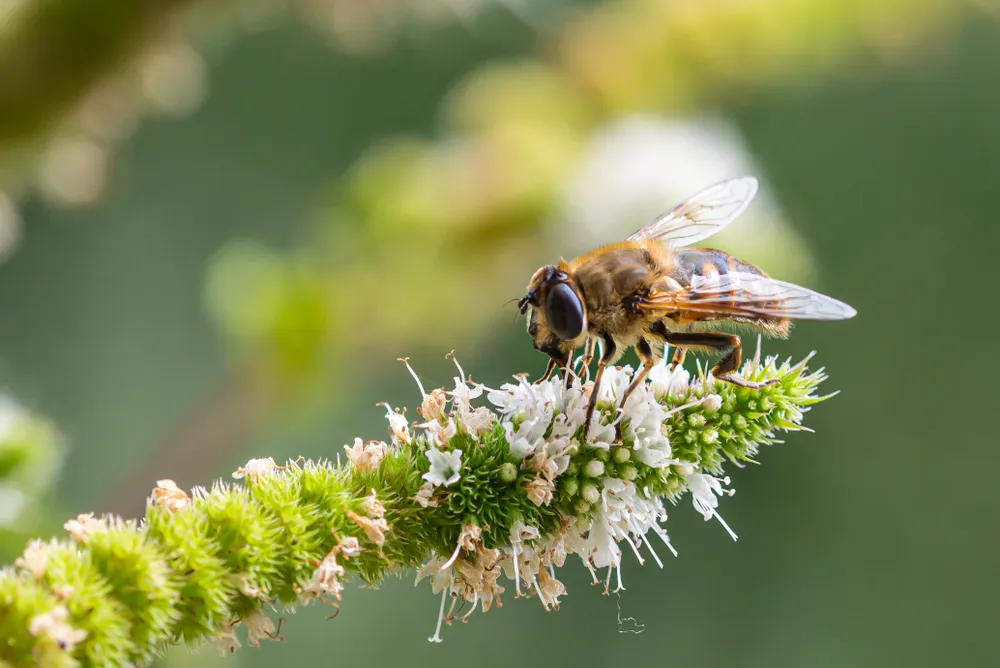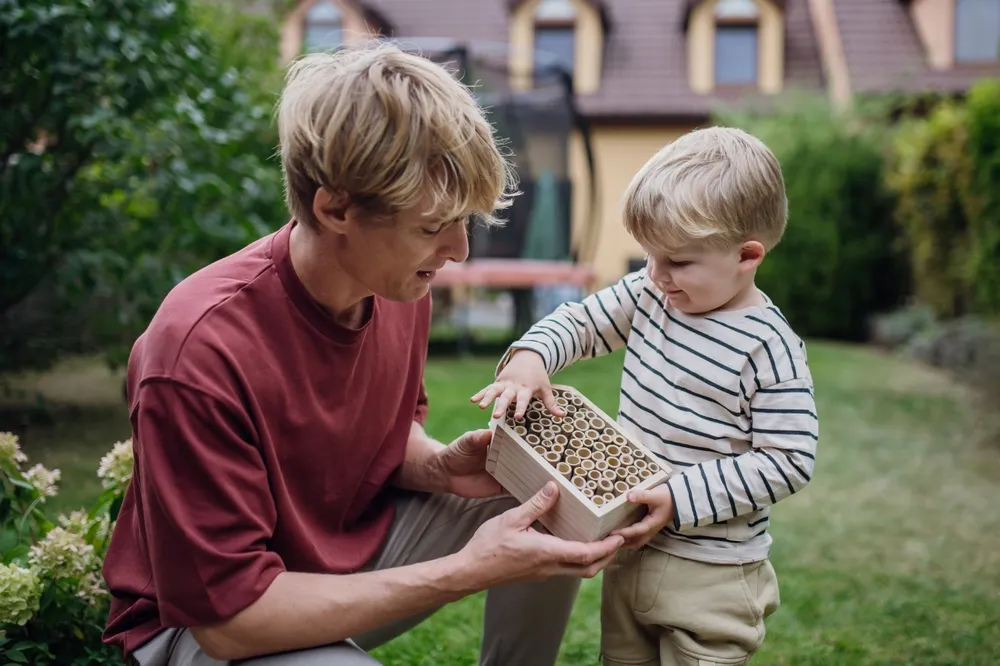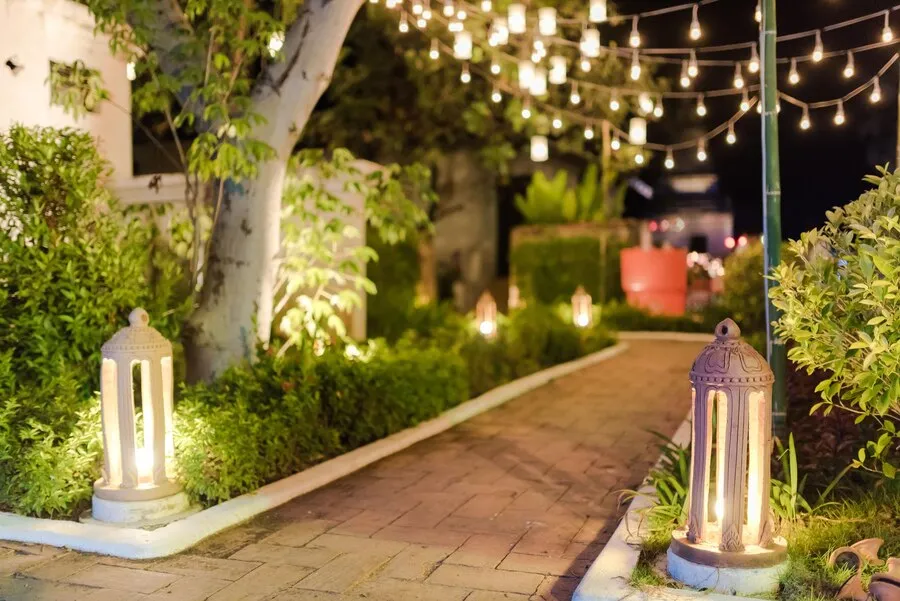If you are lucky enough to have a back yard or garden, it gives you the perfect opportunity to create a more sustainable and eco friendly approach to life. Not only is it a space that enables you to find solace in nature – something that has become increasingly important. It also offers a better way to reconnect with the natural world. One of the most effective ways to achieve this is by incorporating native plants into your landscaping. In this article, we’ll explore the myriad benefits of planting native plants and provide practical tips for creating a biodiverse haven right in your backyard.
Why Choose Native Plants?
Native plants are species that have evolved in a particular region over thousands of years. As a result, they are perfectly adapted to the local climate, soil, and wildlife. Unlike non-native plants, which often require extensive (and expensive) maintenance and resources to thrive, native plants are inherently resilient and self-sustaining.
Biodiversity and Habitat Preservation
One of the most compelling reasons to incorporate native plants into your outdoor space is their ability to support local biodiversity. Native plants provide essential food, shelter, and nesting sites for native wildlife, including birds, butterflies, and pollinators. By cultivating a diverse array of native plants, you can create a thriving ecosystem right in your own backyard.
Water Efficiency and Soil Health
Native plants are well-suited to the natural rainfall patterns of their region, making them inherently water efficient. Unlike exotic ornamentals, which may require frequent watering and fertilization, native plants have deep root systems that help prevent soil erosion and retain moisture. Additionally, native plants play a crucial role in improving soil health by promoting microbial activity and nutrient cycling.
Low Maintenance and Cost-Effectiveness
Incorporating native plants into your landscaping can significantly reduce the time, effort, and resources required for maintenance. Once established, native plants generally require minimal watering, fertilization, and pest control, making them a cost-effective and sustainable choice for long-term landscape management.
Practical Tips for IncorporaXting Native Plants

Now that we’ve explored the numerous benefits of native plants, let’s discuss how you can incorporate them into your outdoor space:
Research Local Species
Start by researching native plant species that are well-suited to your region’s climate, soil, and sunlight conditions. Consider visiting local botanical gardens or native plant nurseries for expert advice and inspiration.
Design with Diversity in Mind
Aim to create a diverse planting scheme that includes a variety of native trees, shrubs, wildflowers, and grasses. By incorporating plants with different heights, textures, and bloom times, you can create visual interest and attract a wide range of wildlife.
Provide Wildlife Habitat
Create habitat features such as bird feeders, bird baths, and nesting boxes to attract and support native wildlife. The use of non-toxic bird netting in your garden will ensure soft fruit remains protected from hungry beaks.
Practice Sustainable Gardening Techniques
Minimize the use of synthetic pesticides and fertilizers, which can harm beneficial insects and pollinators. Instead, opt for organic gardening practices such as composting, mulching, and integrated pest management to promote soil health and biodiversity.
Final Thought
Transforming your outdoor space with native plants is not only beneficial for the environment but also for your own well-being. By embracing nature’s wisdom and creating a biodiverse haven in your backyard, you can enjoy the beauty and tranquillity of the natural world while supporting local wildlife and conserving precious resources. So why wait? Start planning your sustainable eco sanctuary today, and let native plants lead the way to a greener, healthier future.

Liam Stephens is a dynamic and skilled blogger, recognized for his ability to identify trends and create compelling content. As the founder of Remi-Portrait.com, Liam has become a reliable source of information across various fields such as food, technology, health, travel, business, lifestyle, and current events. He specializes in delivering up-to-date technology news and insights, catering to the diverse community that surrounds Remi-Portrait.com. His proficiency and engaging writing style have earned him a dedicated audience, solidifying his reputation in the digital sphere.



